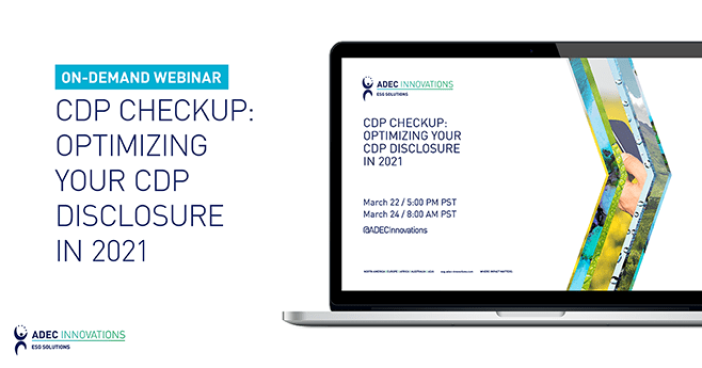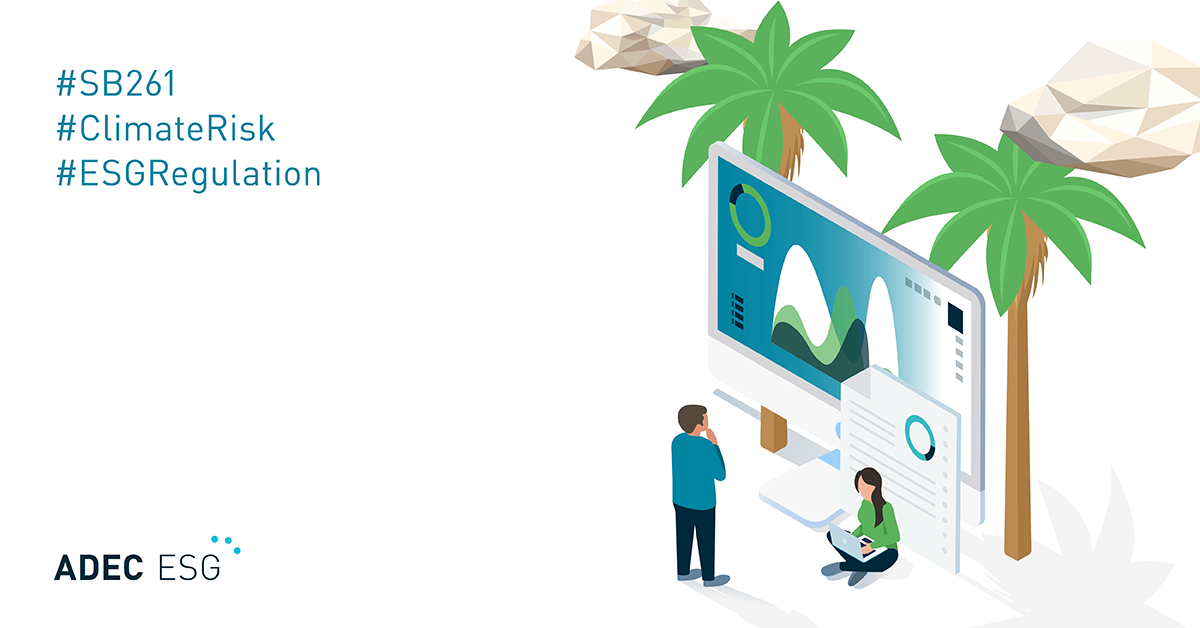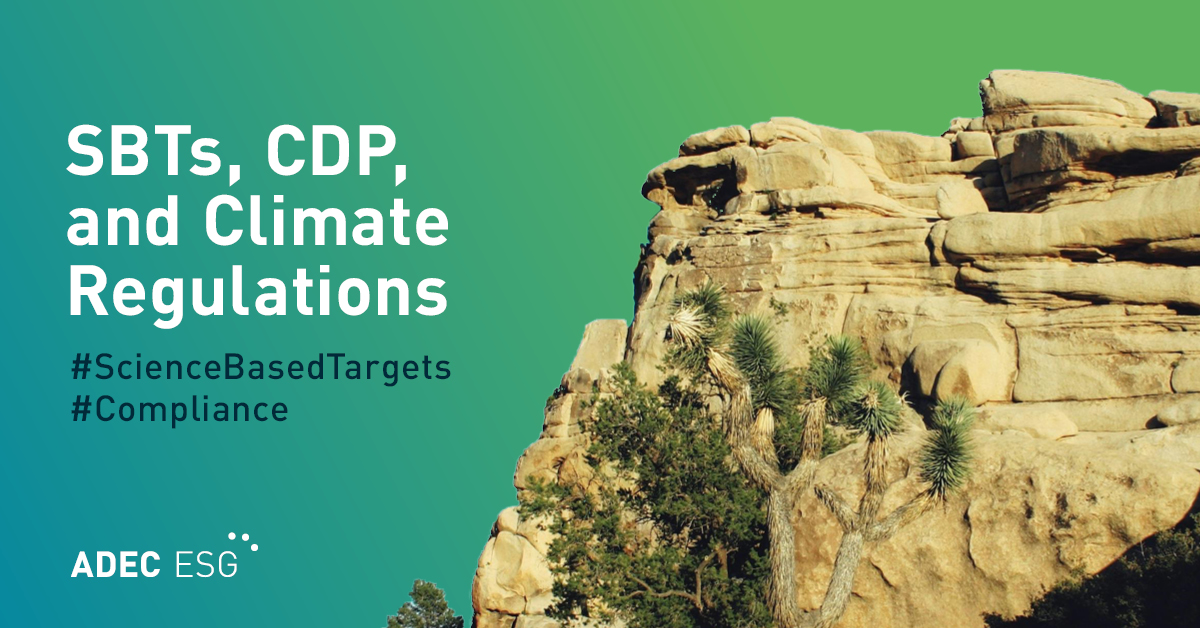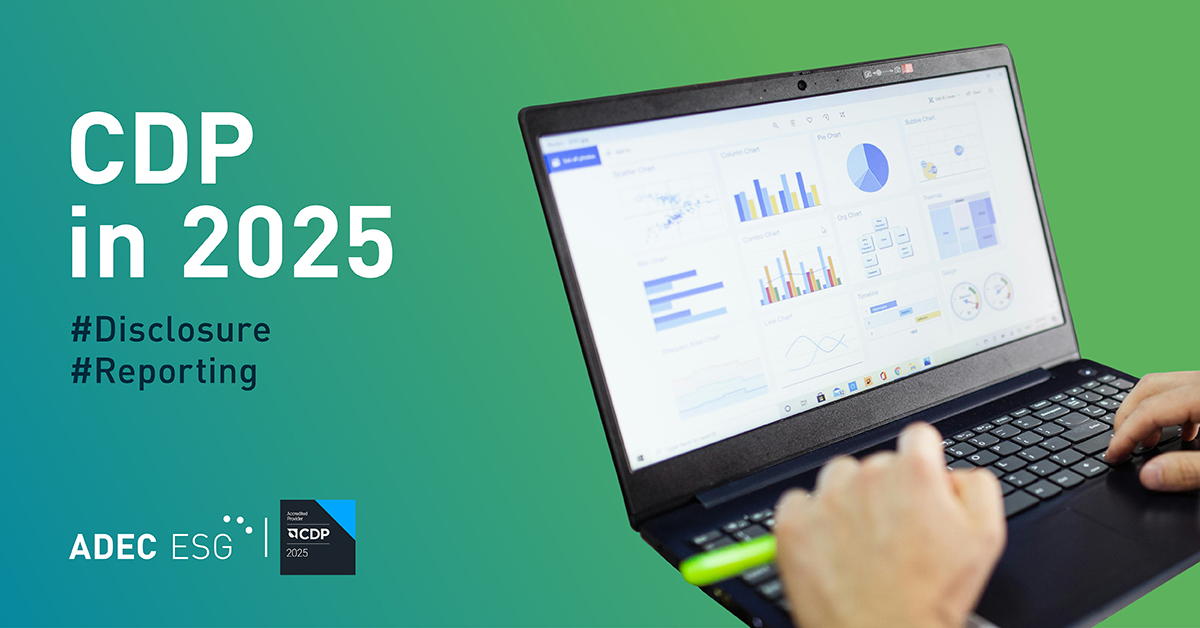The team opened the webinar by taking us through the CDP timeline for 2021 and critical updates you need to know. While the questionnaire has not changed drastically this year, there are question and scoring changes across all CDP programs in Climate Change, Water Security, and Forests. Notably, there are new questions about companies’ net zero targets and low-carbon transition plans.
To learn more about the new questions and modified changes in methodologies for each program, watch the on-demand webinar here.
How to Account for COVID-19 in Your Responses
A mid-webinar poll revealed that the ESG programs of a majority of companies have been impacted – either positively or negatively – by the pandemic. Our team discussed how CDP is addressing these impacts explicitly in their questions and how to think about COVID-19 in more indirect ways in your CDP responses.
2020 was a tumultuous year for us all and brought with it many long-term operational changes. How your company responded to these major disruptions can be adapted in your CDP responses:
Risk Assessments, where you will need to rethink how you respond to and assess risks, as well as think of new ways to implement solutions and how they apply to climate change.
Disruptions in supply chains, such as potential supplier shutdowns, shifts in production, sufficient redundancy, and the overall resiliency of the supply chain.
Changes in emissions, with operations transitioning to working remotely or potentially shutting down, many companies may see their GHG inventories change due to COVID, including increased Scope 3 emissions from employees working from home.
How to Create Synergies Between Disclosures
CDP’s Climate Change, Water Security, and Forest questionnaires overlap in some ways, making it easier to create synergies between the three—and making responding much simpler and more streamlined. During the webinar, we take you through what changes to expect in 2021 and how to use similarities between the three disclosure types to your advantage. We also detail examples of where these responses cross over.
Risks and Opportunities
All questionnaires address the risks and opportunities relevant to your organization, including financial impacts, mitigation, and your company’s corresponding plan of action. Risks and opportunities often overlap. For example, a reputational risk due to changes in consumer behavior may apply for Climate Change, Water Security, and Forests.
We identify key areas in:
- Methodology- How did you conduct this assessment? What are you assessing and why?
- Financial Impact- What is the expected financial impact of the risk, is it considered to be substantive or material?
- Calculations of Financial Impact- Are you identifying all inputs of your calculations?
- Company-specific descriptions- What are the details of the outcomes and potential impacts? Have you thought about this specifically for your organization?
- Response to Risks- What will it cost your organization to respond? Has this informed any key strategic decisions within your business?
Board-level Engagement
All CDP questionnaires ask about the level of engagement the board and C-suite has with these environmental issues. Maximize your score by incorporating sustainability targets as a part of board and C-suite targets, providing incentives for achieving ESG goals, and reporting on sustainability more frequently.
How to engage in sustainability initiatives at senior management levels:
- Incorporate sustainability targets as part of the Board and C-suite level targets
- Provide incentives for achieving ESG goals
- Increase the frequency of reporting for sustainability matters
As board-level engagement is increasingly becoming an important factor, check out the full webinar here, where we break down how engaging the board from the top down can effectively drive significant change.
Value Chain Engagement
An important part of your emissions methodology and your ESG strategy is your value chain. To fully understand your own impacts, you need to work with your suppliers on climate change, water security, and forests issues. CDP and investors are looking for information on how you are interacting with your value chain and supporting them with their own ESG initiatives.
CDP is looking for you to identify:
- Who you engage with— are you working with your suppliers and/or customers on ESG issues?
- How you engage with them—for instance, through collaboration, innovation, and/or education. What actions are you taking to be fully integrated with your value chain so that they are aware of and acting on different climate-related issues?
- Scope of engagement—that is, how many value chain members you engage with. This shows the level and depth of your engagement.
- Rationale of engagement. Explain why you engage with this partner and why you have chosen this particular level of engagement.
- Impact of engagement. Be able to describe the successes, failures, and learnings from your engagements. Any type of quantitative figures and context will also be important in helping to maximize your scores.
Ready to learn more? Watch the full webinar here to get a more detailed picture on understanding the core concepts in responding to CDP and how it can help improve your responses and optimize your performance for 2021.




